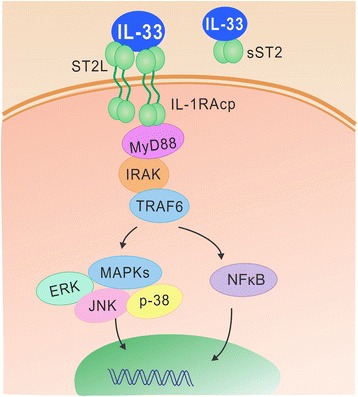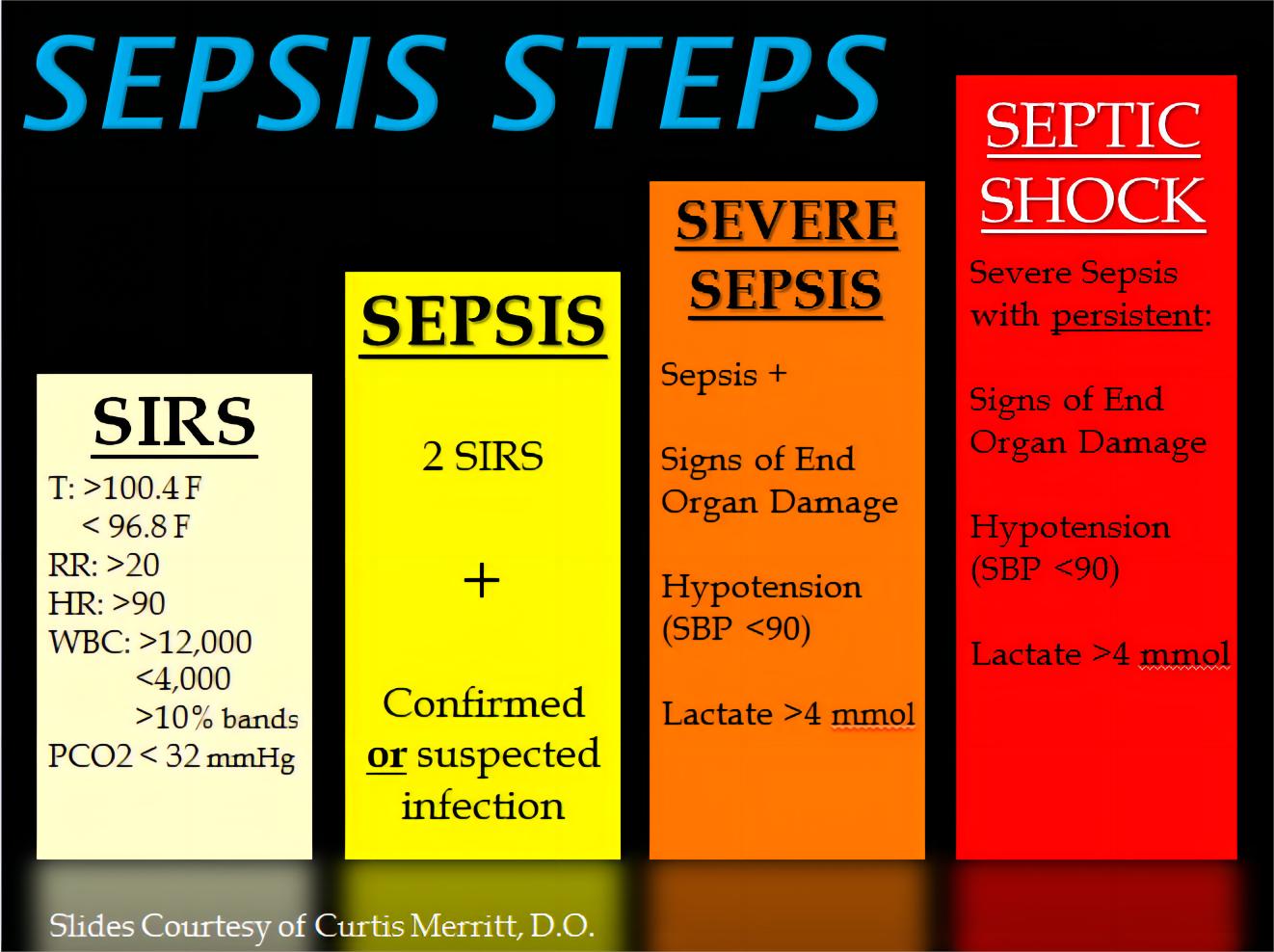As a leading company in the antibody market, Creative Biolabs has gained a wealth of experience in providing application-specific antibody development services for our global customers. With years of experience and advanced technology, now we provide a full range of IVD (in vitro diagnostic) antibody development services against numerous disease biomarkers, such as ST2.
Introduction of ST2
Interleukin 1 receptor-like 1, also known as IL1RL1 and ST2, is a protein that in humans is encoded by the IL1RL1 gene. As a member of the interleukin 1 receptor family, ST2 has two major protein isoforms: a transmembrane full-length form ST2 (ST2 or ST2L) and a soluble, secreted form ST2 (sST2). Both sST2 and ST2L exhibit diametric effects with regard to inflammatory responses. Generally, ST2L is highly expressed on immune effector cells, including lung epithelia, and it plays a critical role in triggering inflammation. In contrast, secreted sST2 acts as a decoy receptor for cytokine Interleukin-33(IL-33) and an inhibitor of IL-33 signals, exerting an anti-inflammatory effect through the IL-33/ST2 pathway by activating mast cells and Th2 cells.
 Fig.1 Schematic diagram of IL-33/ST2 signaling.1
Fig.1 Schematic diagram of IL-33/ST2 signaling.1
ST2 Marker of Sepsis
Sepsis is generally viewed as a condition of overwhelming systemic inflammation in response to an infection that can lead to multiple organ dysfunction. In recent years, studies have suggested that ST2 has been associated with the initiation and perpetuation of inflammation. Generally, the level of sST2 is undetectable in normal conditions. However, the serum concentration of sST2 is increased in patients with pathogenic inflammation, such as asthma, autoimmune diseases, idiopathic pulmonary fibrosis, heart failure, and transplant rejection. Most importantly, several studies have shown that IL-33 or sST2 levels are elevated in the circulation of patients with sepsis. Furthermore, on admission and within 24-48 hours of the diagnosis of sepsis, adults have significantly higher serum sST2 levels than healthy people and demonstrate sustained increases in serum sST2 levels during the clinical course of sepsis. In this case, the serum level of sST2 can be used as a potential marker in the diagnosis of sepsis.
 Fig.2 Possible sepsis syndrome, severe sepsis, and septic shock classifications. Distributed under CC BY-SA 4.0, from Wiki,
without modification.
Fig.2 Possible sepsis syndrome, severe sepsis, and septic shock classifications. Distributed under CC BY-SA 4.0, from Wiki,
without modification.
sST2 Marker of Heart Failure
HF, a complex clinical syndrome, causes by structural or functional impairment of ventricular pumping of blood, patients with HF usually present as fatigue and dyspnea. The widely accepted markers of HF are brain natriuretic peptide (BNP) and NT-proBNP, however, many limitations decrease their accuracy. It has demonstrated that blood concentrations of sST2 are raised in a variety of diseases, including heart diseases and inflammatory diseases, and are regarded as an available prognostic marker in both situations. As an emerging marker, sST2 enables to detect cardiovascular diseases (CVD) in their early moments. In a research of 600 patients with dyspnea, the serum concentrations of sST2 were significantly increased in the patients with acutely destabilized HF, contrast to patients with noncardiac causes. Furthermore, concentrations of sST2 are directly related to the severity of HF symptoms.
IVD Antibody Development Services for ST2 Marker
With the rapid development of IVD technology, IVD antibodies have been extensively used as important tools for the diagnosis of many kinds of diseases. As a leading antibody service provider, Creative Biolabs provides a variety of IVD antibody development services for our worldwide customers based on our abundant experience and advanced technology. Besides, Creative Biolabs provides one-stop diagnostic immunoassay development services, including feasibility analysis, assay design, assay protocol establishment, validation, and production.
If you are interested in the services we provide, please feel free to contact us and get a quote.
Reference
- Xu, Hui, et al. "Role of the IL-33-ST2 axis in sepsis." Military Medical Research 4 (2017): 1-9. Distributed under Open Access license CC BY 4.0, without modification.
For Research Use Only.

